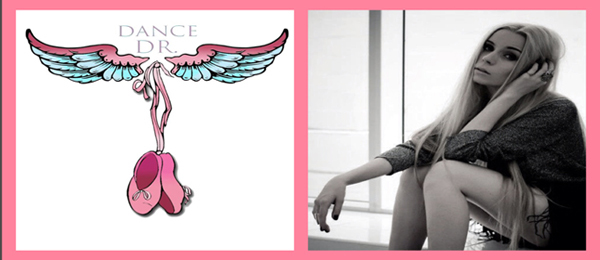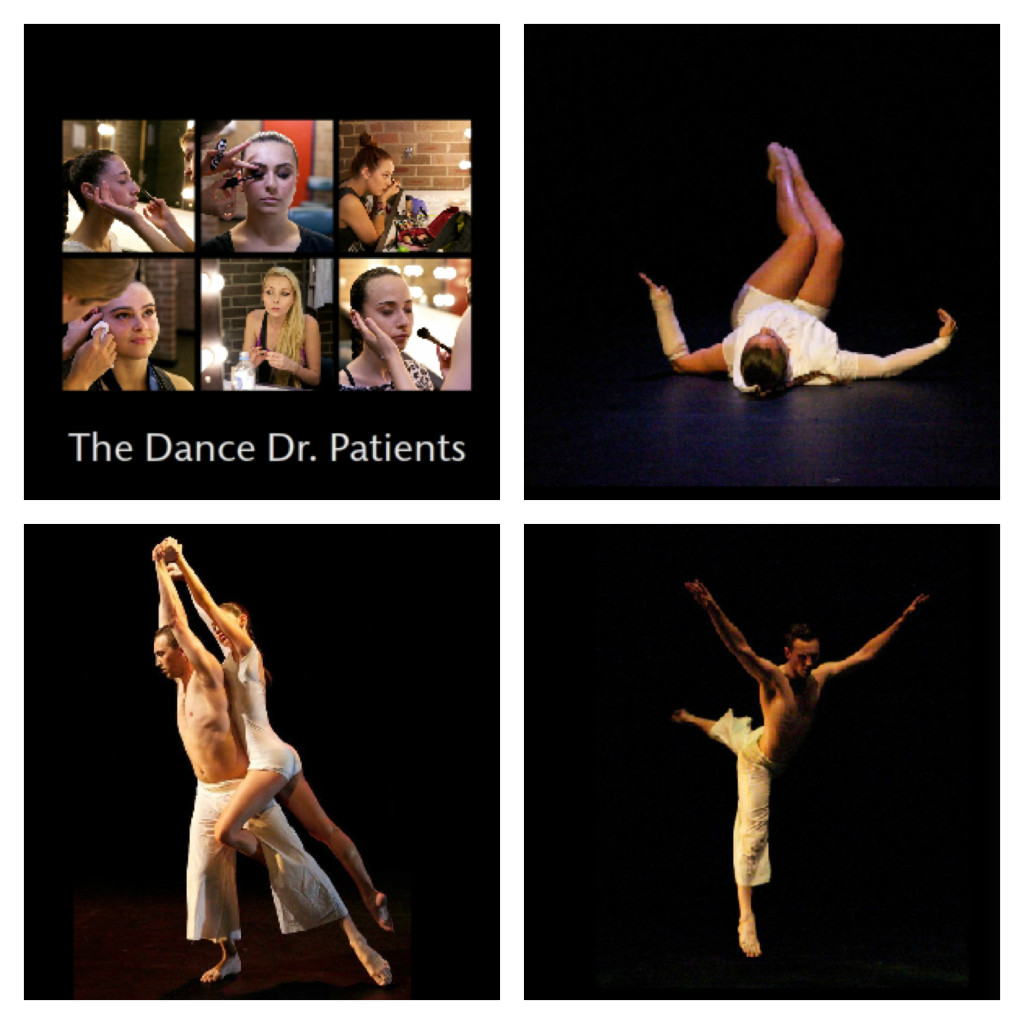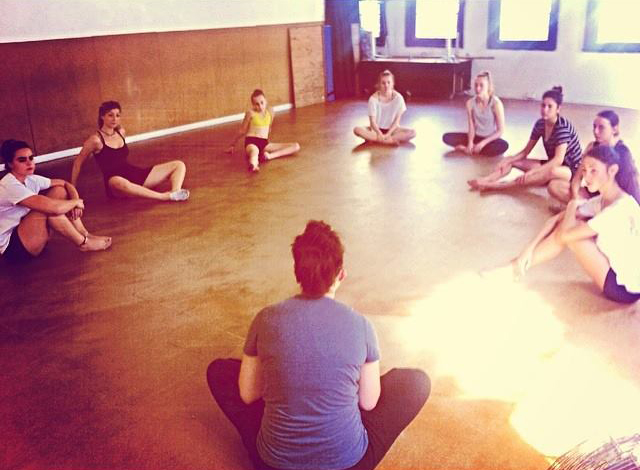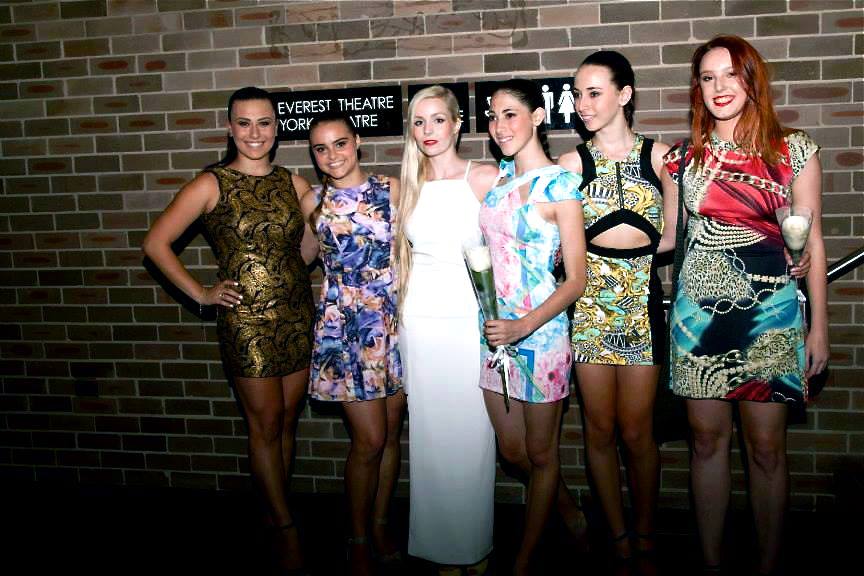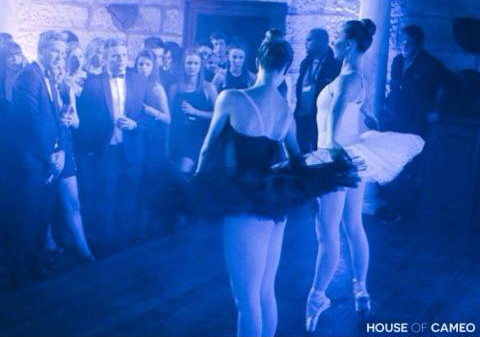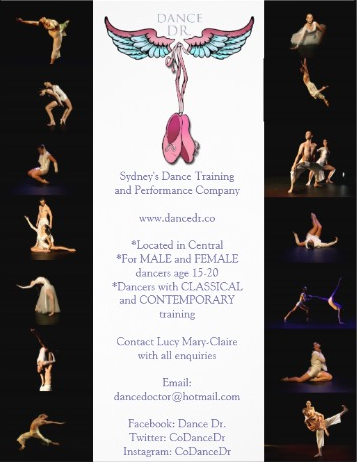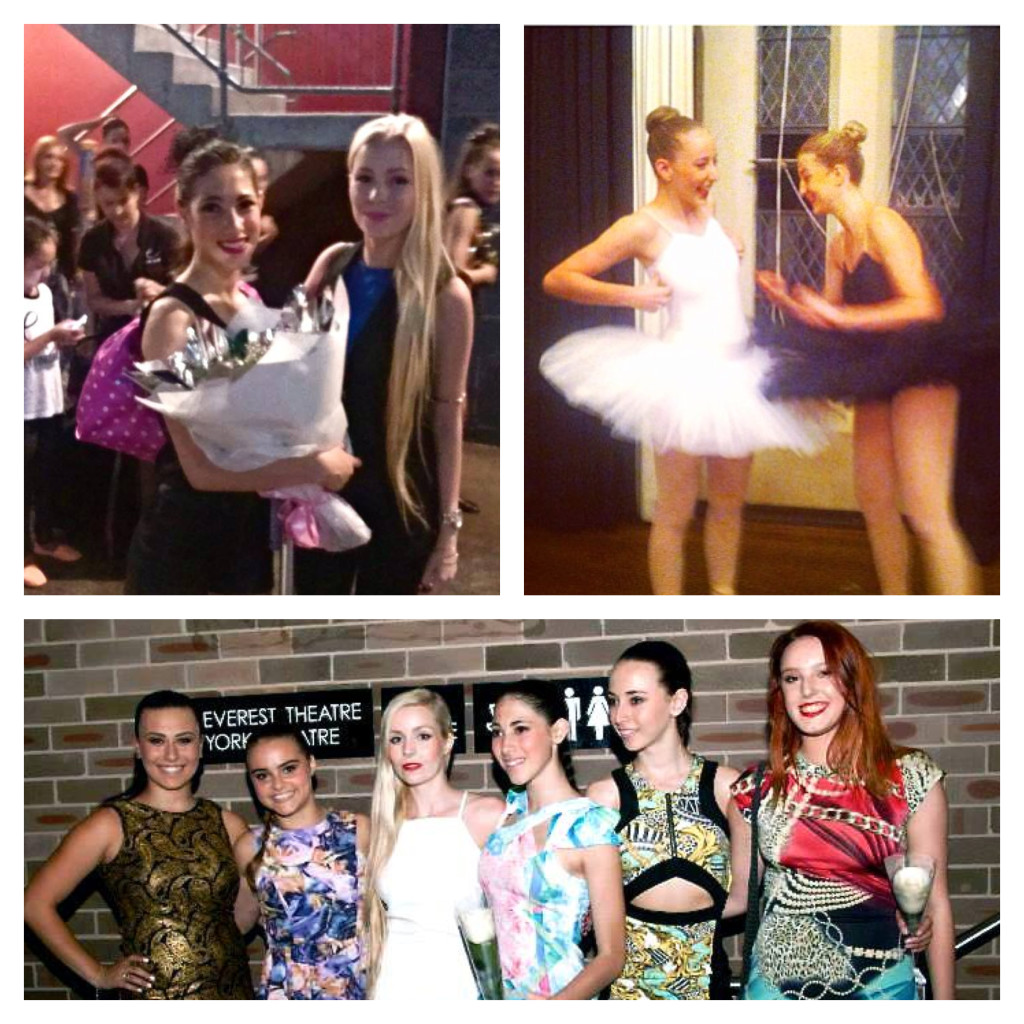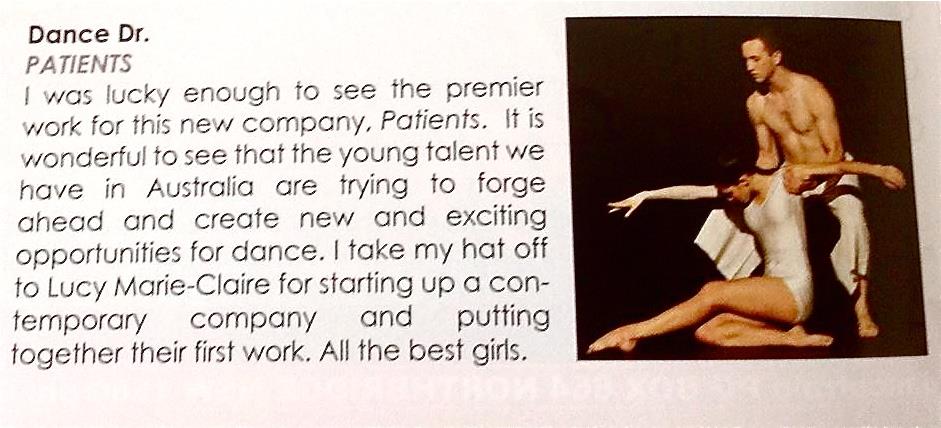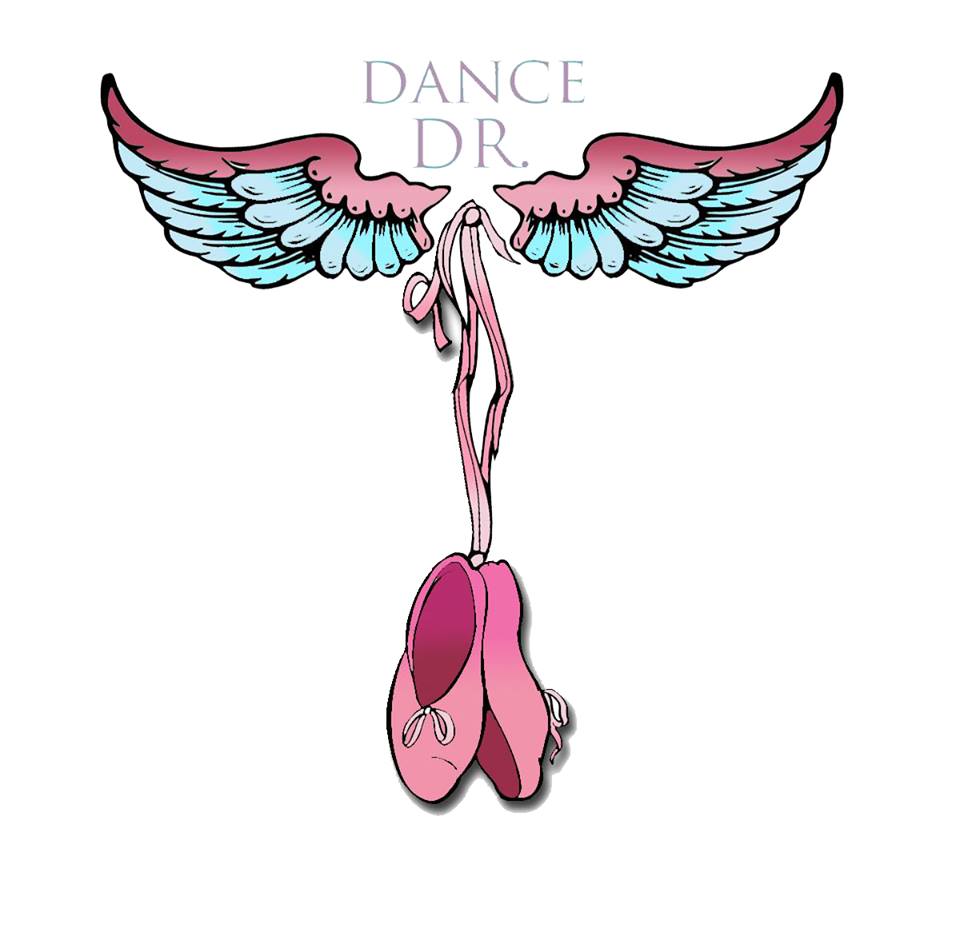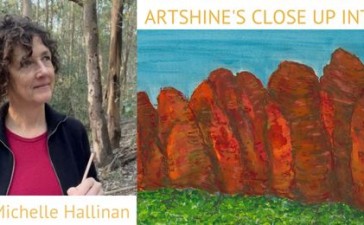Tell us a little about yourself and what you do.
Dance Dr. is a Sydney-based dance training and performance company for young, elite dancers beginning their professional careers.
Who (or what) inspires you to do what you love in your business?
I am inspired by the visual and the dynamic element of dance. I am motivated by the potential materialising of thought and mood into the body. I enjoy creating the impossible shape, lift or movement and applying it to the Company’s able bodies. There comes a sense of limitlessness from personifying a literal dream.
Tell us about your business “Dance Dr.”.
Dance Dr. holds auditions in January of each year to find both male and female dancers between ages 15 and 25, who show particular promise. The Company rehearses weekly and throughout the season have opportunities to perform professionally and work with established industry members, while the primary focus remains the annual show, to establish the calibre of the dancers and the choreographers’ (my own) identity.
What are the five words people who know you would use to describe you and Dance Dr.?
Enterprising, Genuine, Dynamic, Reputable, Meticulous.
What was the purpose of starting Dance Dr., and how did the concept come about?
Dance Dr. was born for young, elite dancers. Australia did not yet have an institution appealing to the demographic of young male and female artists beginning their professional careers.
The Company began in 2013, which was a tragic period for dance; the integrity of the foundation of dance was in question. As a teacher, I value knowledge of human anatomy and it’s relevance and to the safety of dancers. I was shocked prior to founding Dance Dr. at the extent to which some teachers were compromising the alignment and overall quality of line of young dancers for the easier way out. Technical shortcuts continue to infect choreography, training methods and aesthetic value and was the catalyst for the dance doctor concept.
Tell us about Dance Dr. and how you help young emerging dancers.
Dance Dr. aims to offer dancers experience(s) that are authentic to the arts industry; experiences that exceed the likes of eisteddfods. I say arts, because in the professional world, dance does not stand alone. Dance, drama, music, lighting, costuming, hair and makeup artistry, film, set design and probably a million other elements are co-dependant on each other. The avenues of art are a family and Dance Dr. embraces the ‘all-round’-style introduction to the trade.
What are the most common issues young dancers who join Dance Doctor have?
Dance Dr. has been blessed to date. All Company members past and present and their families have been beautifully supportive. When working with dancers who often are under 18, it is imperative to have a positive relationship with parents. It also means that because we are a Company small in numbers we still have a sense of community.
From my experience, young dancers have a very different perception of their skills than is reality. I see it as my responsibility to enlighten them to their strengths and nurture their weaknesses.
I see awareness of our weaknesses as a positive thing and prefer not to leave them unspoken – as most of the time, the capability is there and their mentality is the restriction.
I also find it difficult to clarify the transition that the girls and boys are experiencing which is that between student and professional. In the Dance Dr. Company the atmosphere is calmed by camaraderie not riddled with competition, which, to me, is representative of the said transition.
Tell us about your process for working with dancers.
When I first see and speak to a dancer I look for two things – what they perceive themselves to be as a dancer and what they are in reality. The two very rarely align.
How do you keep yourself motivated and focused in your business?
I often remind myself of the Dance Dr. mantra – to REINVENT dance at it’s CREATIVE and ATHLETIC peak. If I find myself pursuing something other than, I know to bring myself and my team back to our home base.
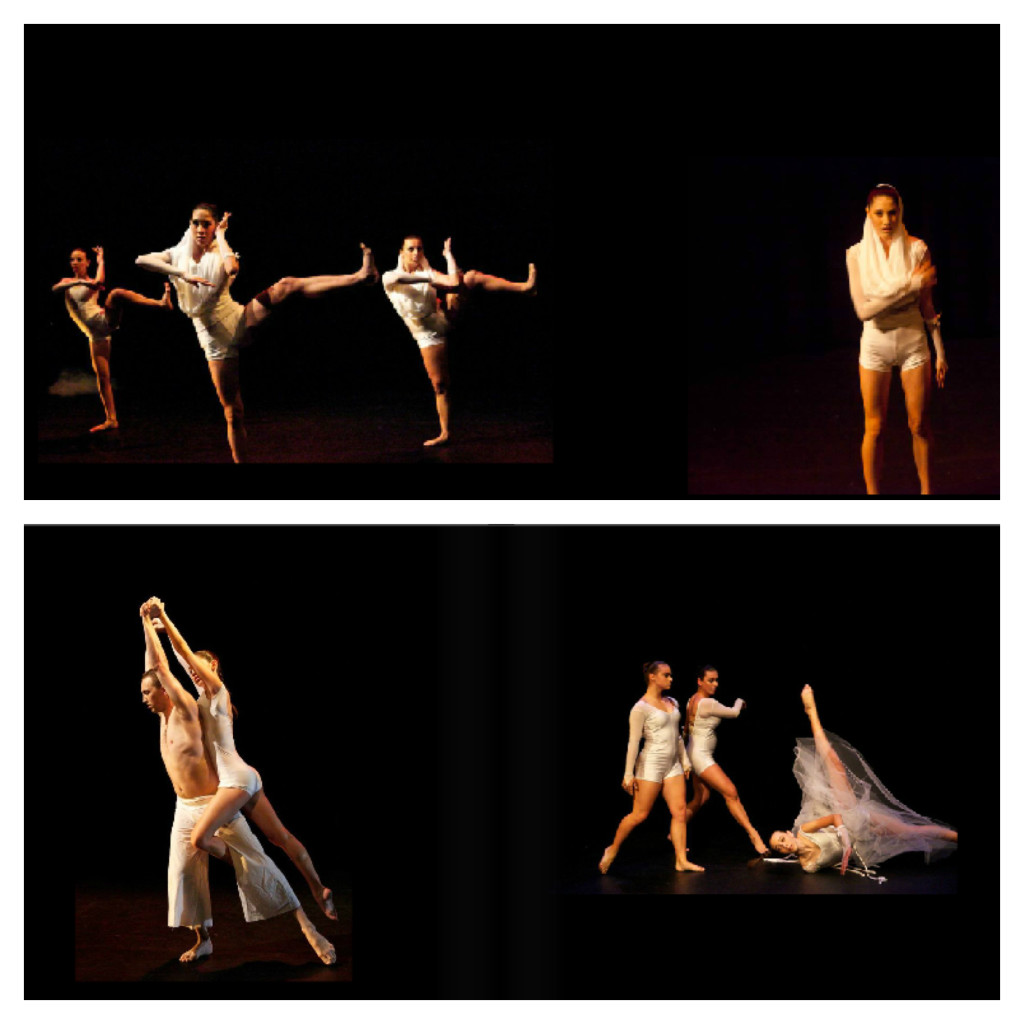 Where do you get your inspiration from when you choreograph a dance routine?
Where do you get your inspiration from when you choreograph a dance routine?
I have a very musical background and when I listen to music I see movement. The trick for my terrible memory is to extract the movement I’ve seen and pass it on to the dancers unscathed.
When composing a whole body of work like the annual shows I prefer to found a theme rather than a storyline, this allows two things – it allows me room to move choreographically and conceptually and it allows the audience to interpret it as they wish. I like for the audience to see what they see, not what I do.
What advice can you offer emerging artists who are just starting out?
See everything as a learning experience. There is something to gain from everything, even if what you gain is the knowledge to never to experience it again. Knowledge is power.
How do you connect with other artists, and your clients (i.e. how do you network)?
As mentioned earlier, I like to network with artists from various areas. You never know when you might need a graphic designer or a screenwriter.
I try to be personable, sometimes professionalism can come off as stale and clinical and it does nothing for the Company’s rapport. A sense of humour goes a long way when making an impression on people.
Do you have a book you would like to recommend?
Other than the bound collection of fantastic photographs taken by Leila Joy Berney and Mel Vanderhorst from our premiere performance, The Dance Dr. Patients, I would recommenda book called Tutu by Greg Barrett. His dance photography and this collection in particular, is inspiring.
Where do we find you and your services? (list office, links websites & contact personnel)
Website: www.dancedr.co/
Facebook: https://www.facebook.com/pages/Dance-Dr/
Instagram: @CoDanceDr
Twitter: @CoDanceDr
Email: dancedoctor@hotmail.com

